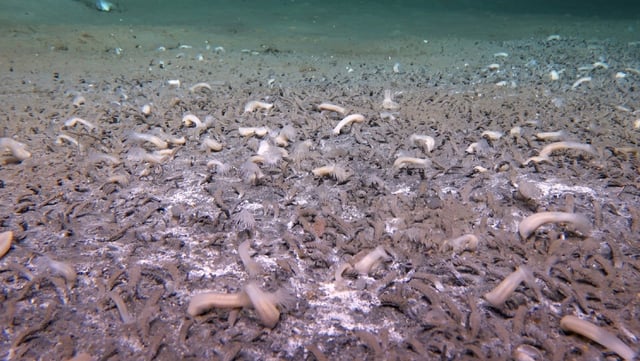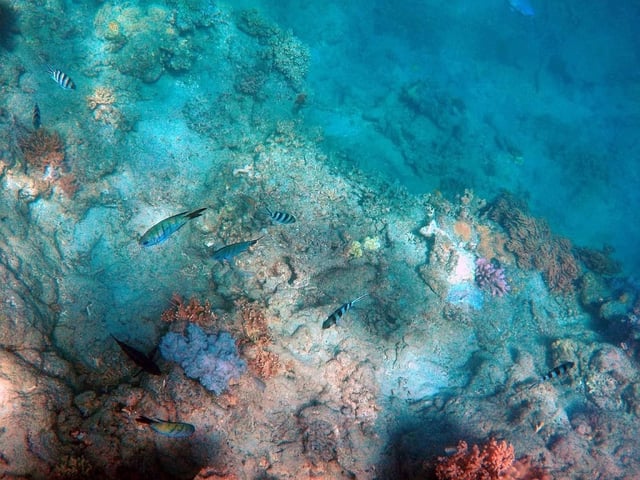Overview
- Deep-sea submersibles recorded clams and tube worms living between 5,800 and 9,500 meters along a roughly 2,500-kilometer stretch of the Russia–Alaska hadal zone.
- Genetic and geochemical tests confirmed bacteria convert methane and hydrogen sulfide into energy, sustaining complex animal communities independent of sunlight.
- Sediment cores revealed unexpectedly high methane concentrations and uncovered microbes that produce methane from buried organic material.
- Researchers estimate that these hadal sediments could store up to 70 times more organic carbon than typical ocean floors, indicating a significant role in global carbon cycling.
- The international research team is calling for expanded expeditions and collaboration to map deep-sea ecosystems and refine climate models.


